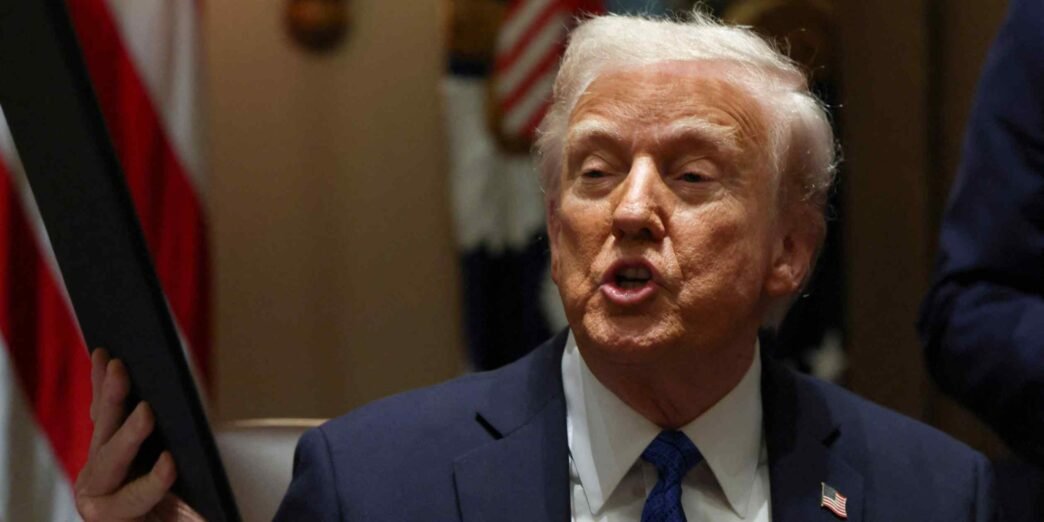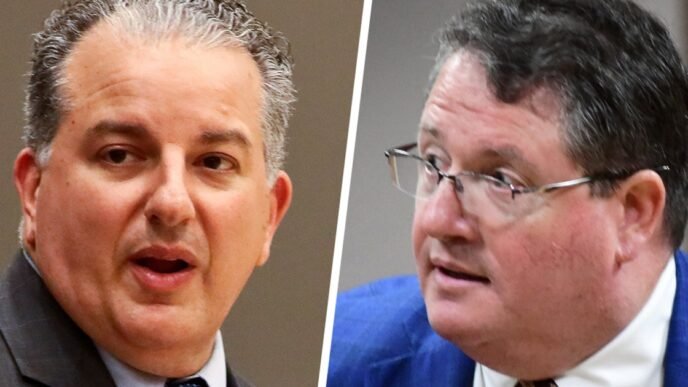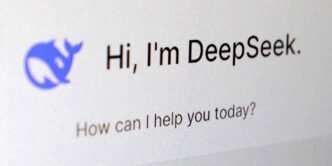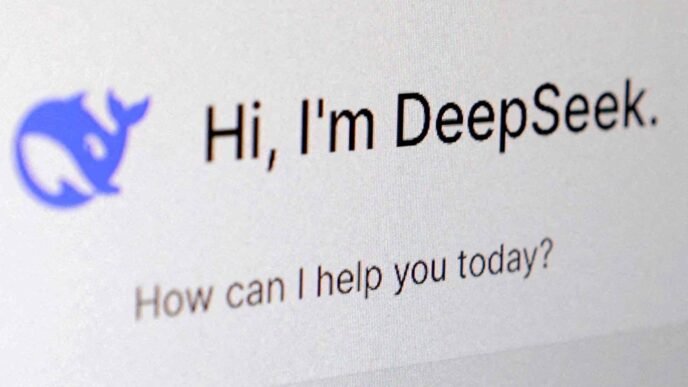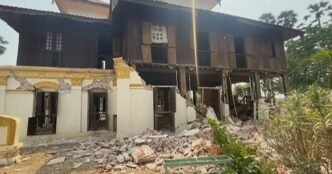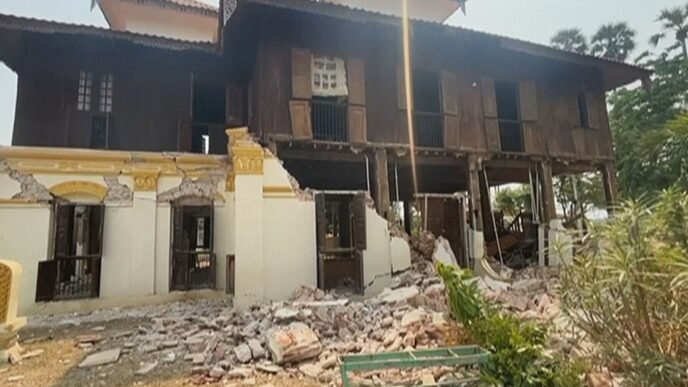Good evening. U.S. President Donald Trump’s aggressive announcement of a 25% tariff on foreign-made cars and light trucks, starting on April 2, sent allies, automakers, s and many others scrambling to calculate the impact. Nikkei estimates that Japan’s car industry could face losses of up to 13 trillion yen (86.2 billion) due to a decline in domestic production.
When Japanese Prime Minister Shigeru Ishiba made his first trip to the White House to meet with Trump in early Febru — a visit widely hailed as a success in Japan — a reporter asked Ishiba what Japan would do if tariffs were imposed. In true Ishiba style, he replied: “I cannot answer a theoretical question. That’s always our official response.” Trump then replied, “That’s a very good answer,” to laughter in the room.
The tariffs are no longer theoretical, and the optimism of that time has faded. Ishiba told lawmakers during a subsequent parliament session: “We need to consider appropriate responses. All options will be on the table.” I have spoken to several people about this “all options” remark, and it seems the choices are in fact rather limited.
The big question is whether any effective moves remain to reach a deal with Trump at this point. South Korea’s Hyundai Motor Group, for example, announced plans to invest $21 billion in the U.S. in the hope of avoiding tariffs, but did not get an exemption. Meanwhile, Canada and European countries have responded strongly, even considering countermeasures — in stark contrast to many governments in Asia.
There is no question that the U.S. remains Japan’s most important ally. The tariffs will not change their relationship, and Japan will have no choice but to adopt a cooperative stance toward Washington. So “all options” do not include confrontational countermeasures, as some have suggested.
This year marks the 80th annivers of the end of World War II, also a significant milestone for both Japan and the U.S., which fought fiercely against each other during the war, as I have mentioned in this newsletter several times. To commemorate the occasion, Prime Minister Ishiba, Defense Minister Gen Nakatani and U.S. Secret of Defense Pete Hegseth will participate in a joint memorial ceremony for the war dead tomorrow on Iwo Jima, a site of intense fighting near the end of the war.
It is highly unusual for a Japanese prime minister to attend such a ceremony, especially alongside the U.S. defense secret. However, it is easy to see why Japan would seize this opportunity to showcase the strength of its alliance with the U.S.
I also visited Iwo Jima when I was a college student as a member of the Japan-America Student Conference to commemorate the 50th annivers of the end of the war. The island became a fierce battleground from Febru to March 1945, with tens of thousands of soldiers losing their lives. Relics from that violent time were still visible, and I could feel the intensity of the fighting even then. Now, 80 years later, we can confidently say we are in a much better position to manage bilateral relations.
Finally, on a more personal note, this will be my last newsletter as Editor-in-Chief of Nikkei Asia. In April, I will be moving to London to become Nikkei’s Editor-in-Chief for Europe, the Middle East and Africa.
After working at Nikkei as a political reporter in Tokyo, then as a Washington correspondent, and now as Editor-in-Chief of Nikkei Asia, I am excited about my new role. I will be responsible for covering major global issues such as transatlantic relations, the war in Ukraine, and conflicts in the Middle East. Although I will be away from Asia for a while, I will continue to approach global news from an Asian perspective, just as I have over the past two years.
Thank you very much for reading this newsletter every week. Now I am handing over the Editor-in-Chief position to Akito Tanaka, currently our News Editor. You might recognize him from his appearances on our signature podcast, Tech Latest. He is an experienced business reporter, having covered a wide range of topics in both Asia and the U.S. I hope you continue to enjoy reading this newsletter as he brings his expertise and fresh perspective to the role.
My suggested reads
1. Businesses in Thailand focusing on residential care for the elderly are enjoying a boom thanks to a massive shortage of supply. The current capacity is 20,000 places, while there are 13 million people in the country aged over 60. The value of the market is expected to grow 30% a year over the next five years as more players enter the sector, and be worth 20 million baht ($590 million) by 2033.
2. Malaysian tech-related shares have taken a hit from U.S. President Donald Trump’s trade policies and the rapid rise of Chinese AI upstart DeepSeek. But investors are finding opportunities for Malaysia’s tech sector in the global shift toward cheaper AI models like DeepSeek, if the country’s industry can maintain its competitiveness in the market.
3. TSMC is pushing ahead with a $165 billion expansion in the U.S., the largest overseas investment in its history. While some see the move as “inevitable,” others wonder what it will mean for the future of the chipmaker and its home market of Taiwan.
4. So far, the administration of U.S. President Donald Trump has offered strong support for the Philippines amid its South China Sea standoff with China. However, Trump’s rough treatment of other American allies is spurring Manila to expand its network of security partnerships as a backstop.
5. Sake may be most closely associated with older Japanese men, but the traditional brewed alcoholic drink has been steadily gaining a wider fan base overseas and among Japanese women. Meanwhile, younger Japanese are increasingly reaching for fizzy cocktails. Writer Kaori Shoji reflects on the changes sweeping the sake industry and shares her personal experiences as a connoisseur.
Through the lens
This week’s top photo pick: A wildfire spreads across Andong, South Korea, on March 25. Strong winds drove wildfires in the country’s southeast, fueling what South Korea’s acting president called the most damaging blazes in its history.
At least 28 people, including firefighters, have died in the fires and 37,200 people were evacuated from their homes. (Photo by Hwawon Lee/Anadolu/Getty Images)
Check out more of our photo coverage here.
Wishing you a wonderful weekend!
Shin Nakayama
Sign up for the weekly Editor-in-chief’s picks newsletter here.
Follow me on X (formerly Twitter) @ShinNakayama_NA

